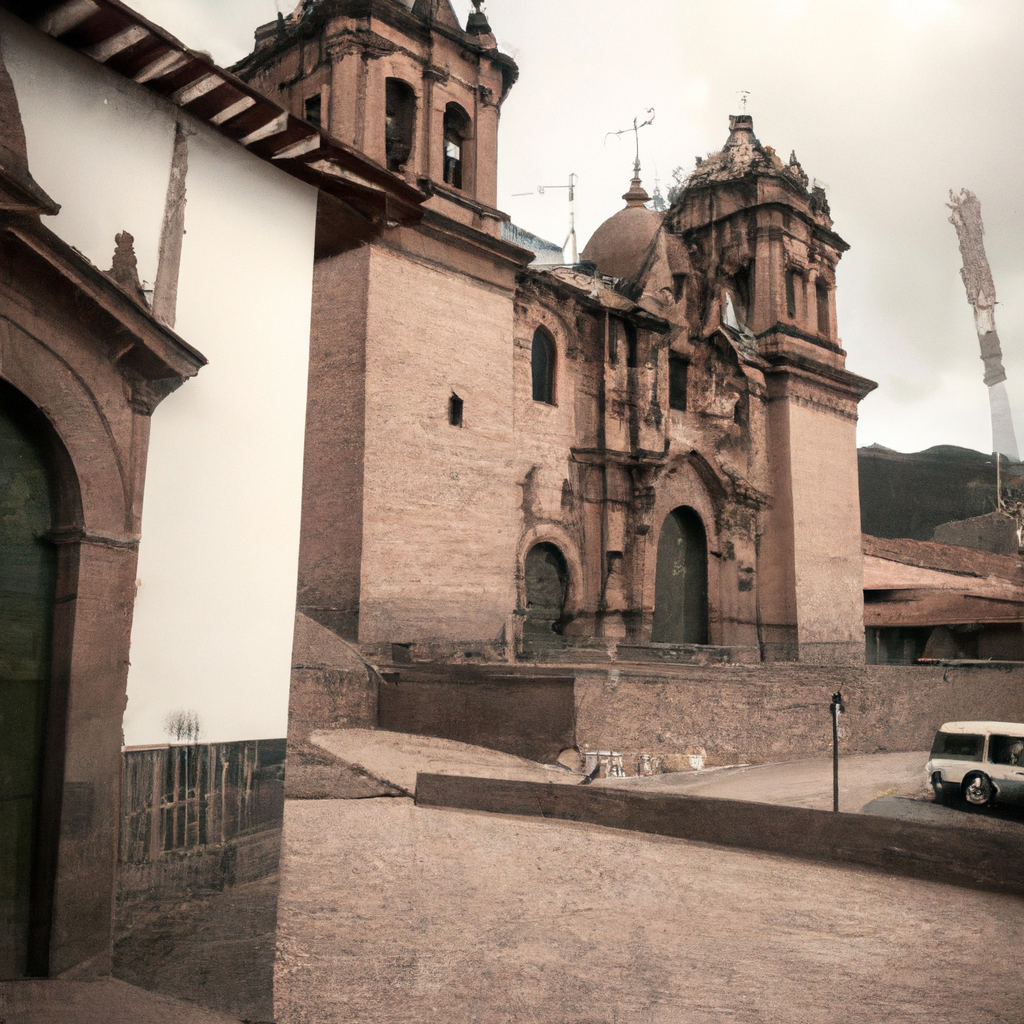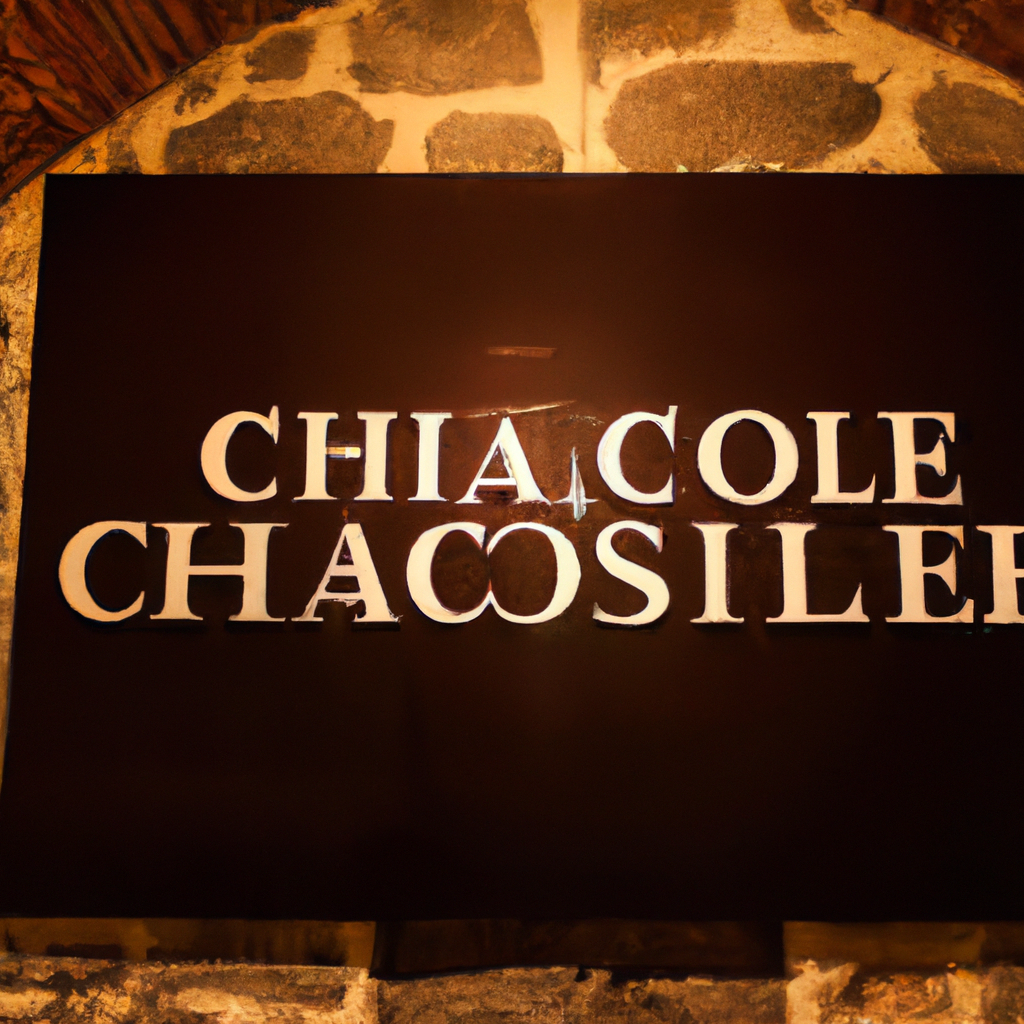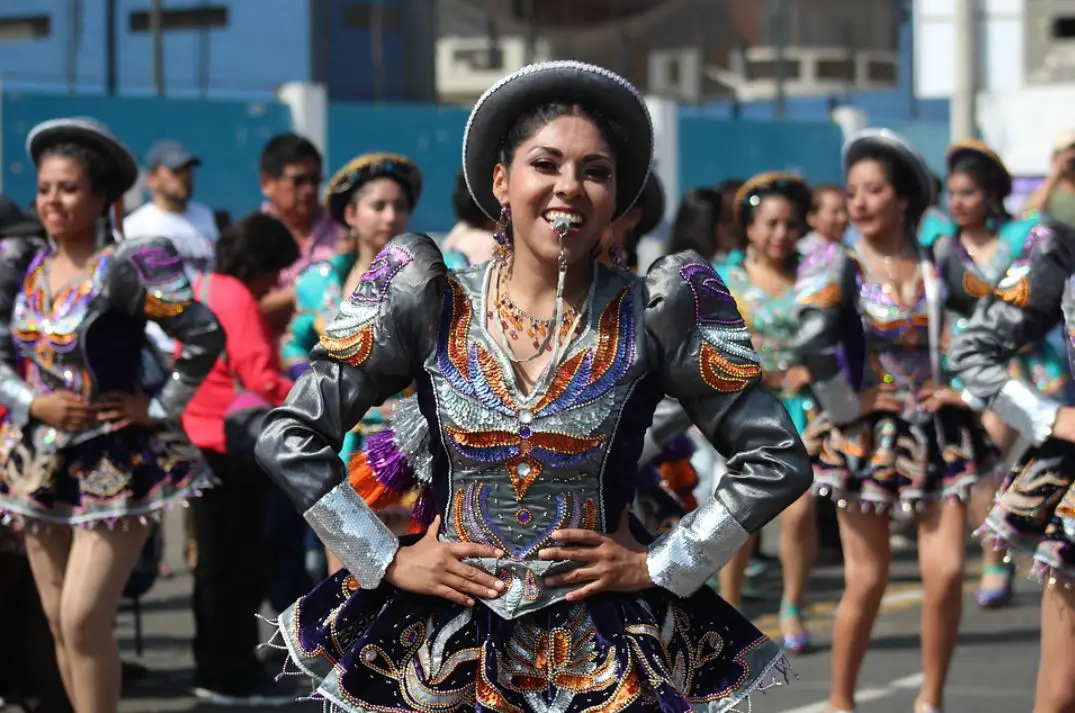Inca Bridge (Q'eswachaka) in Cusco In Peru: Overview,Prominent Features,History,Interesting facts
Overview:
Inca Bridge (Q'eswachaka) is one of the oldest surviving Inca bridges in Peru. It is located near Cusco, a city in the southern highlands of the country. Built in the 13th century, the bridge is constructed with ropes of twisted grass and sticks woven together. Every year, villagers from the nearby communities rebuild the bridge. This is a tradition that has lasted for more than 500 years and is still observed today. The bridge symbolizes an old and traditional way of life, as well as the importance of community and sustainability. It is one of the most beautiful monuments in Peru
Prominent Features:
1. Located near Cusco, Peru, the Inca Bridge at Q'eswachaka is one of the oldest surviving bridges in the world and is built entirely by hand. 2. The bridge is made of vegetable fibers that are twisted and woven together to create a rope bridge that crosses the Apurimac River. 3. It has been rebuilt every year in an event that is both a tourism attraction and a tradition of the local people who have been preserving the bridge for hundreds of years. 4. The Inca Bridge is composed of thick strands of woven grasses, each strand bound together to form a rope that is over a meter wide. 5. The bridge is equipped with ladders and ropes, and poles are used for support when crossing the bridge. 6. This bridge is also significant to the local culture as it is the country's longest standing connection and an integral part of Peru's history. 7. The Inca Bridge at Q'eswachaka has been designated a cultural heritage site by the Peruvian government and is listed as a World Heritage site by UNESCO. You can learn history, culture, and heritage through these magnificent monuments in Peru.
History:
Q’eswachaka (also known as the Inca Bridge) is a ancient suspension bridge located in the Cusco region of Peru. It has been in use for centuries, spanning the Apurímac River near the town of Cusipata. Built from grasses and woven fibers, this traditional bridge has been rebuilt each year in a ceremony that remembers the Incan engineering heritage of the area. The original bridge is believed to have been built in the 15th century to traverse the Apurímac River and connect the Cusco region to the Inca Empire. Spanning a distance of 32 meters and a height of 25 meters over the river, the bridge was part of a major Incan trade and pilgrimage route between Cusco and other regions of the empire. The Incan bridge was destroyed several times over the centuries, including a particularly devastating flood in 1941. After the flood, the bridge was rebuilt by local villagers in the traditional Incan style, with help from the Peruvian government. Since then, the bridge has been kept in use through a reconstruction of the bridge each year. For the ceremony, the villagers gather to collect reeds from the mountain valleys around Cusipata. These reeds are woven and tied together to form the main structure of the bridge, which is decorated with red and white ribbons. This traditional bridge stands testament to the ingenuity of the Incan people and the cultural heritage of the people of Cusco. Its annual reconstruction celebration perpetuates a tradition that spans many generations and continues to unite those who live in the area. Visit one of the famous monuments of Peru with your friends and family.
Interesting facts:
1. The Inca Bridge (Q'eswachaka) is a traditional rope bridge that spans across the Apurímac River near the town of Huinchiri in Cusco, Peru. 2. This bridge has been reconstructed by local Quechua people every year since the time of the Incas in the 13th century. 3. The bridge is made from woven grasses, which are tied together with ropes made of totora (reed) fibers. 4. The bridge is replaced every single year by the villagers, who use the same ancient techniques that were used by the Incas. 5. The bridge has a span of 20 meters (65 feet) and can support the weight of up to 30 people at once. 6. Every June, over 200 Quechua villagers come together to rebuild the bridge in a ceremony called the Inti Raymi. 7. During the ceremony, it is traditional for the villagers to perform native dances and ceremonies of thanksgiving to their Inca ancestors as a sign of respect. 8. The reconstruction of the bridge typically takes 5 days to complete. One of the historical monuments of Peru, it tells the story of a bygone era
Explore Peru most popular tourist destination with us. Inca Bridge (Q'eswachaka) in Cusco In Peru: Overview,Prominent Features,History,Interesting facts,which is 35.14 km away from Peru main town, is the most popular destination to add in your travel wishlist.
-
City:
Peru
-
state:
Peru
-
country:
Peru
-
country code:
PE
-
postcode:
04615
Location:
Peru Peru
 in Cusco In Peru.png)

 In Peru.png)


 in Lima In Peru.png)








